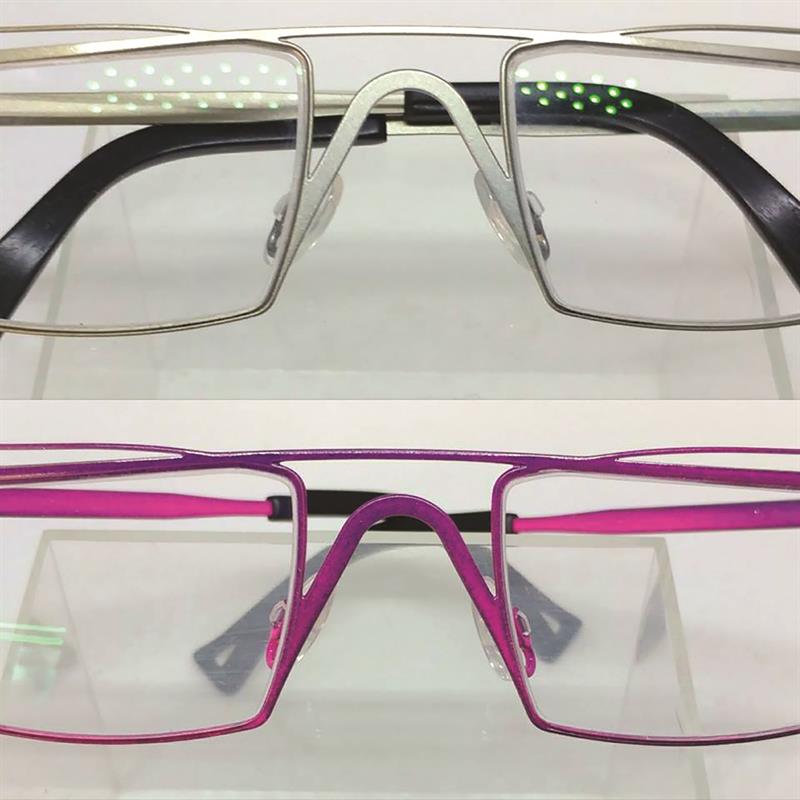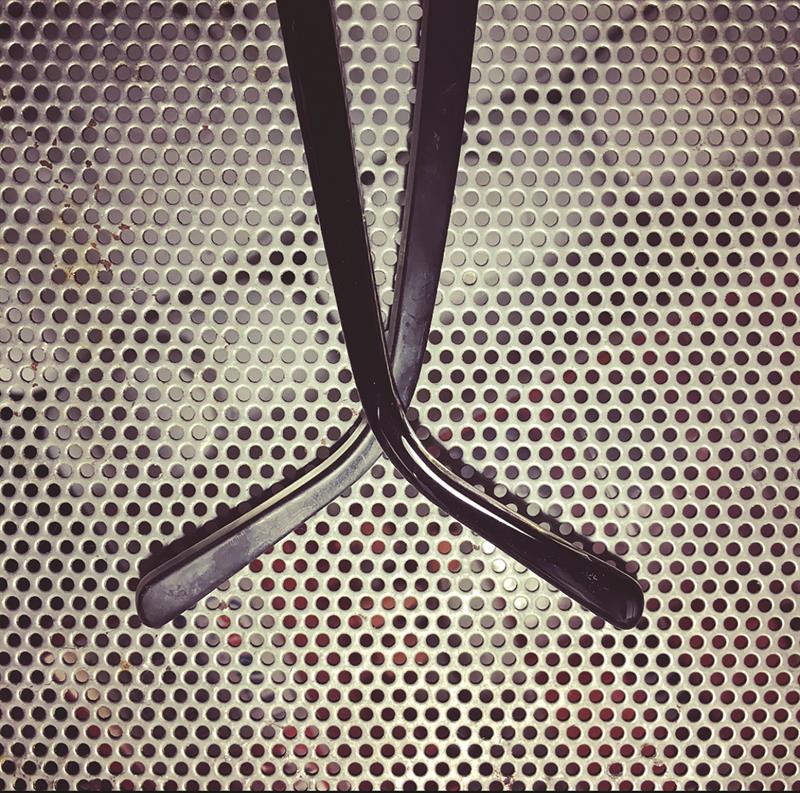
You only have to look at the popularity of TV shows like BBC’s The Repair Shop to see that the upcycling trend has hit the big time. But it isn’t all chalk paints and aunty Doreen’s old bureau; upcycling in the world of fashion has long been a staple of consumers with a conscience.
Fashion has developed a reputation for being a wasteful industry, at both the point of manufacture and with end consumers of ‘fast fashion.’ However, people are beginning to think about their fashion footprint and looking at new ways to reuse garments or buy ‘used’ from sites like Depop.
Eyewear doesn’t fair too well in this context, with the much of the world’s glasses made using wasteful subtractive manufacturing and the trend for fast fashion changing patient buyer habits. It all adds up to a sector that is facing heightened scrutiny, which practices will have to deal with.
Beyond the reglaze
Having a portfolio of services on offer for sustainability-savvy patients looking to upcycle or renew their eyewear is likely to become an important option in future. It might not be the dream ticket of a high value dispense, but it could do wonders for patient retention and word of mouth recommendations.
The easiest way into the realm of upcycling is to offer a refurbishment service. Firms such as The Optical Workshop, established by Seamus McClintock, will disassemble a frame, usually acetate, clean the parts in an ultrasonic bath before reassembly with new componentry like nose pads and screws. A full polish follows, which will breathe new life into acetate that has become a chalky over time. Should the frames need that little bit of extra shine, a full buffing service is also available. This process includes additional sanding with different levels of grit before three stages of buffing. The end result, says McClintock, makes even the most tired looking of spectacles, look better than new.
Customisation
There are several options for when a patient wants to go beyond the ‘as new’ look. Adornments are often then first port of call, and this is something that is offered by The Optical Workshop. The process involves making small indentations in the frame in which decorative elements are glued. McClintock says stud earrings are popular additions, but this idea can be expanded to include small charms. Another trick he often uses on supra frames is to add paint to the lens groove, which gives the illusion of an outer rim.
 Powder coating (above) and refurbishment (below)
Powder coating (above) and refurbishment (below)

Customisation of metal frames is more difficult, but excellent results can still be achieved. The most reliable way of changing the colour of a metal frame is through powder coating, a process that involves powder being electrostatically applied to stripped metals then baked in an oven to melt the colour on the surface. The best aspects of powder coating are the durability on offer and the range of colours available – as having a beautiful colour that wears quickly on the temples is likely to result in a disgruntled patient. Powder coating firms specialising in eyewear are few and far between, with the most notable and well established, Northwest Frame Repair, being based in the US. However, powder coating is a common process and there are plenty of firms that undertake small jobs from as little as £10.
For plastic or injection-moulded frames, especially sporty wrap styles, a good option for colour change is hydro dipping or water transfer printing, as it is sometimes referred to. The process sees a layer of specially developed film placed on the surface of a tank of water before an object is dipped in the tank, enveloped by the film in the process. It’s widely used in the automotive sector for custom componentry and the high durability of the finish makes it suitable for eyewear use where there is constant friction.
